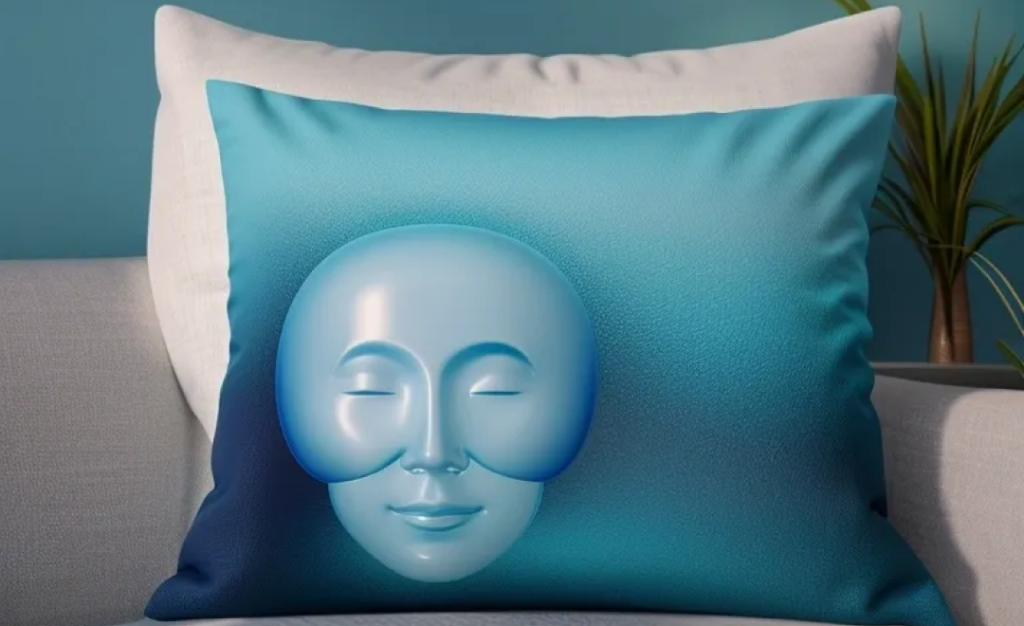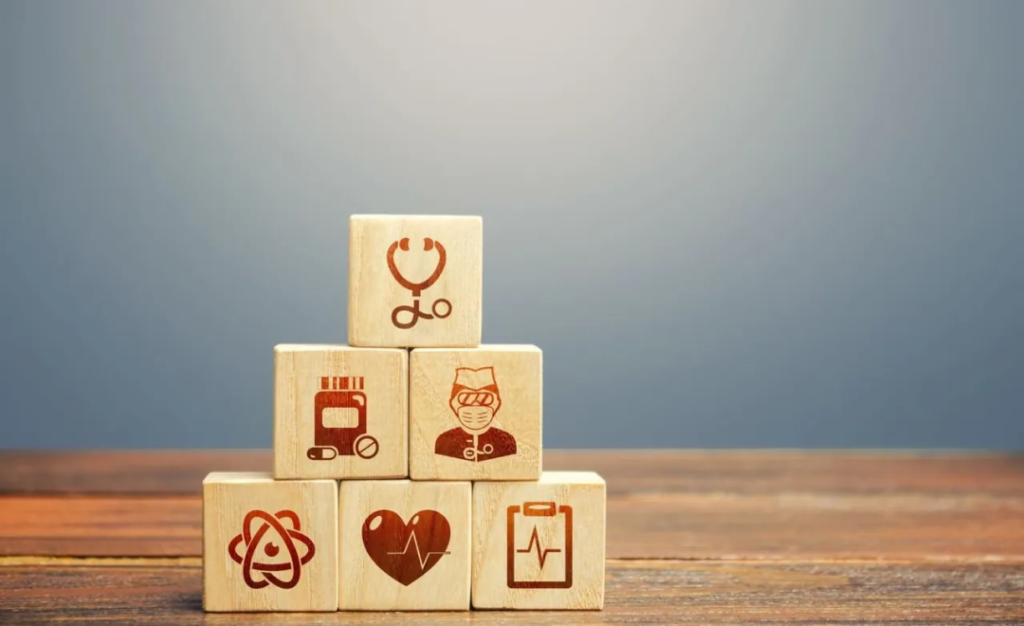Demystifying Care Technology: What Exactly Is Interoperability?

In today's rapidly changing world of care technology, it's easy to feel overwhelmed by the abundance of buzzwords and acronyms flying around. One term that you've likely heard a lot about, but may not fully understand, is "interoperability". It sounds complicated, but the concept itself is fairly simple and has the power to transform your care home operations. Let's break down what it means and why it matters so much.
Interoperability: Your Care Technology's Superpower
In the simplest terms, interoperability means the ability of different technology systems to communicate and exchange data seamlessly. Imagine a scenario where your patient records system can automatically update your medication management software, or your eMAR system can directly notify the GP practice of a change in a resident's condition. That's the kind of streamlined workflow that interoperability makes possible.
Why Interoperability is a Must-Have for Care Homes
The benefits of interoperability in care technology can make a big difference to your care home's efficiency and the quality of care you provide. Here's why:
- Improved Data Accuracy and Reduced Errors: When information flows effortlessly between systems, you reduce the risk of manual data entry errors. This ensures greater accuracy in resident records, medication administration, care planning, and more.
- Enhanced Care Coordination: Interoperability brings together data from various sources—GP practices, hospitals, pharmacies—giving you a complete, up-to-date view of each resident's health. This holistic picture enables better decision-making and more proactive care.
- Time-Saving Efficiency: When systems don't "talk to each other", your staff likely spends valuable time manually transferring information from one system to another. Interoperability eliminates this duplication of effort, freeing up time for residents.
- Better Compliance: Interoperability helps you comply with data protection laws and regulatory requirements related to timely and accurate record-keeping.
- Enhanced Resident Experience: Integrated systems lead to more personalised care. When information is readily available, staff can tailor care plans, make informed decisions, and respond quickly to changing needs.
The Challenges of Achieving Interoperability in Care
Unfortunately, achieving true interoperability in care technology isn't always a walk in the park. Here are some challenges you may encounter:
- Legacy Systems: Many care homes use older software systems that were not designed to communicate with newer technologies. This can make integration difficult and costly.
- Lack of Standards: In the past, healthcare technology didn't always follow universal data standards, making it harder for systems from different vendors to "understand" each other.
- Vendor Resistance: Some vendors might be reluctant to share their data formats, hindering interoperability for the sake of protecting their market share.
Overcoming Challenges: The Path to Interoperability
While hurdles exist, achieving interoperability is well within reach. Here's how your care home can make progress:
- Start Small: Prioritise integrations that have the most significant impact on your operations, such as resident records and medication management or connecting with your primary GP.
- Look for Interoperable Solutions: When choosing new care technology, ensure the products are designed for interoperability, using recognised standards like HL7 FHIR.
- Advocate for Standards: Support industry-wide efforts to promote the use of open data standards in healthcare technology. The more pressure there is on suppliers from providers, the more likely integration becomes a priority.
- Partner with a Technology Expert: Collaborate with a technology partner, like Spark Care, who understands the intricacies of care technology and can guide you through the integration process.
Key Care Technology Integrations to Consider
Here's a breakdown of some vital care technology integrations that can significantly enhance your care home operations:
- Electronic Health Records (EHR) with eMAR: Streamlines medication administration, reduces errors, and improves resident safety.
- EHR with GP Systems: Promotes seamless sharing of resident records, enhancing communication and coordination with primary care providers.
- Falls Monitoring Systems Integrated with Care Planning Software: Automatically updates care plans based on changes in falls risk, ensuring proactive care measures.
- Resident Assessment Tools with EHR: Enables automatic data transfer for more accurate and comprehensive resident profiles.
- Remote Monitoring Systems with EHR: Notifies staff in real-time of resident calls for assistance, improving response time and care.
- Telemedicine Platforms with EHR: Simplifies remote consultations with specialists, improving access to expertise.
Taking the Next Step
Now that you understand the incredible potential of interoperability, it's time to explore how it can benefit your specific care home. The path to connected care systems might seem complex, but the right technology partner can guide you every step of the way.
Unlock the Power of Interoperability with Spark Care
Are you ready to transform your care technology and reap the benefits of interoperability? Spark Care can help! We understand the unique challenges and opportunities faced by UK care homes. Our team of experts can assess your existing technology infrastructure, identify key areas for integration, and develop a tailored plan to bring your systems seamlessly together.
Book a free discovery call with Spark Care today. Let's explore how interoperability can streamline your operations, enhance the quality of care you provide, and ultimately improve the lives of your residents.




